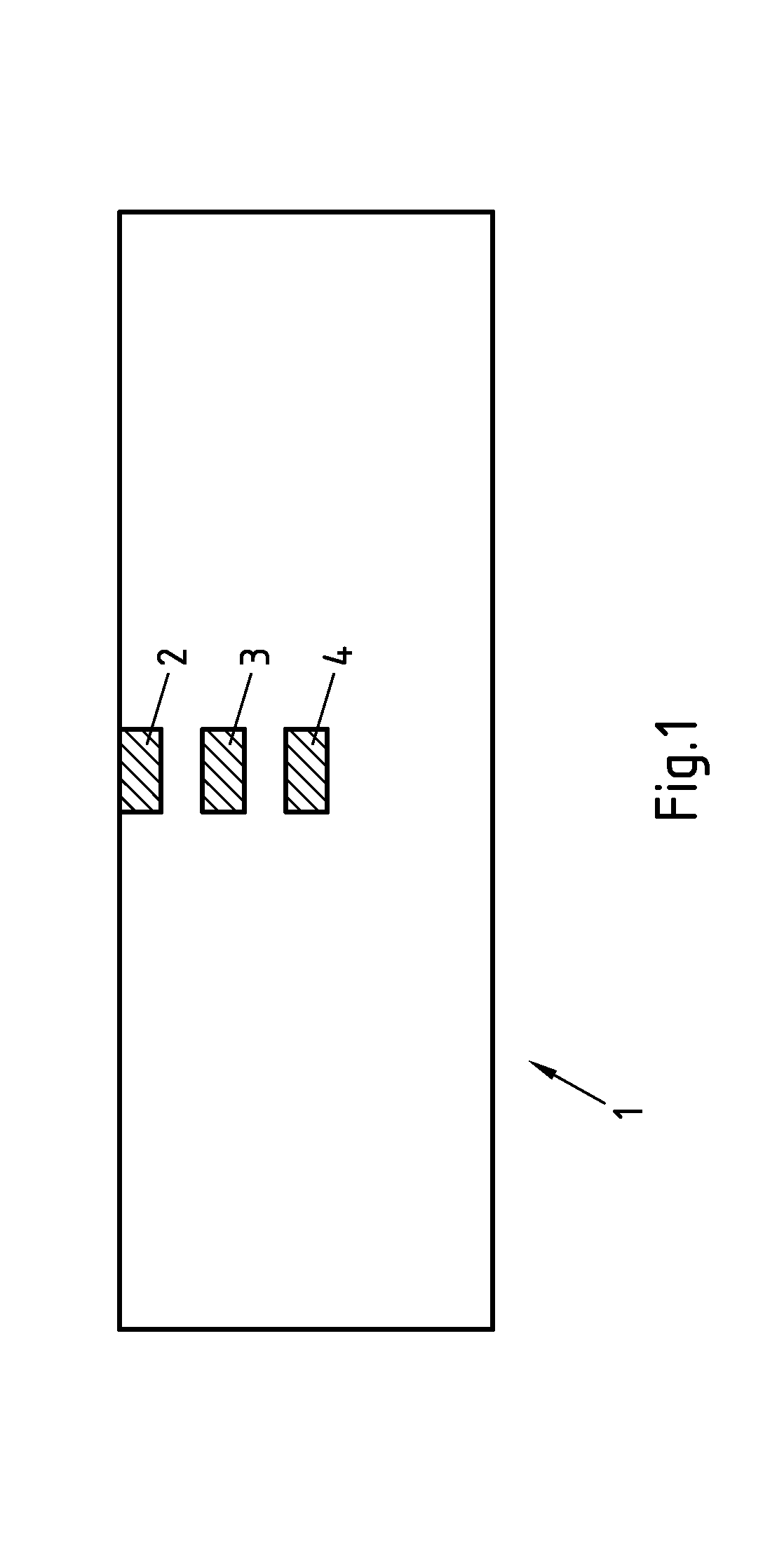Aluminium alloy free from si primary particles
a technology of primary particles and aluminum alloy, applied in the field of aluminum alloy, can solve the problems of insufficient reliability of the soldering process with extremely thin aluminium solder layers, melting and erosion of components, and affecting the reliability of the soldering process, so as to improve the reliability and the casting properties of aluminium alloy. the effect of not worsening
- Summary
- Abstract
- Description
- Claims
- Application Information
AI Technical Summary
Benefits of technology
Problems solved by technology
Method used
Image
Examples
Embodiment Construction
[0040]A total of four exemplary embodiments were examined, which were very similar in terms of their composition and differed merely by the type of manufacture of the aluminium alloy. The contents of the alloy components of the exemplary embodiments are specified in Table 1 in percentage by weight or ppm.
TABLE 1SampleSiFeCuMnMgTiCrZnBPVlaP.A.10.20.0750 ppm0.00511 ppm7 ppmVlbP.A.10.10.0730 ppm0.00511 ppm7 ppmV4aInv.10.00.0650 ppm 7 ppm4 ppmV4bInv.10.00.040.005930 ppm0.05 2 ppm
[0041]As can be seen from Table 1, the conventionally produced comparison alloys V1a, V1b have a content of approximately 10% silicon. The further components of the comparison alloys V1a and V1b can be deduced from Table 1. This is also true for the exemplary embodiments according to the invention, which likewise have a Si content of approximately 10%. Both the comparison examples V1a and V1b and the exemplary embodiments according to the invention V4a and V4b have P contents of less than 10 ppm. The B contents ...
PUM
| Property | Measurement | Unit |
|---|---|---|
| size | aaaaa | aaaaa |
| thicknesses | aaaaa | aaaaa |
| thicknesses | aaaaa | aaaaa |
Abstract
Description
Claims
Application Information
 Login to View More
Login to View More - R&D
- Intellectual Property
- Life Sciences
- Materials
- Tech Scout
- Unparalleled Data Quality
- Higher Quality Content
- 60% Fewer Hallucinations
Browse by: Latest US Patents, China's latest patents, Technical Efficacy Thesaurus, Application Domain, Technology Topic, Popular Technical Reports.
© 2025 PatSnap. All rights reserved.Legal|Privacy policy|Modern Slavery Act Transparency Statement|Sitemap|About US| Contact US: help@patsnap.com


